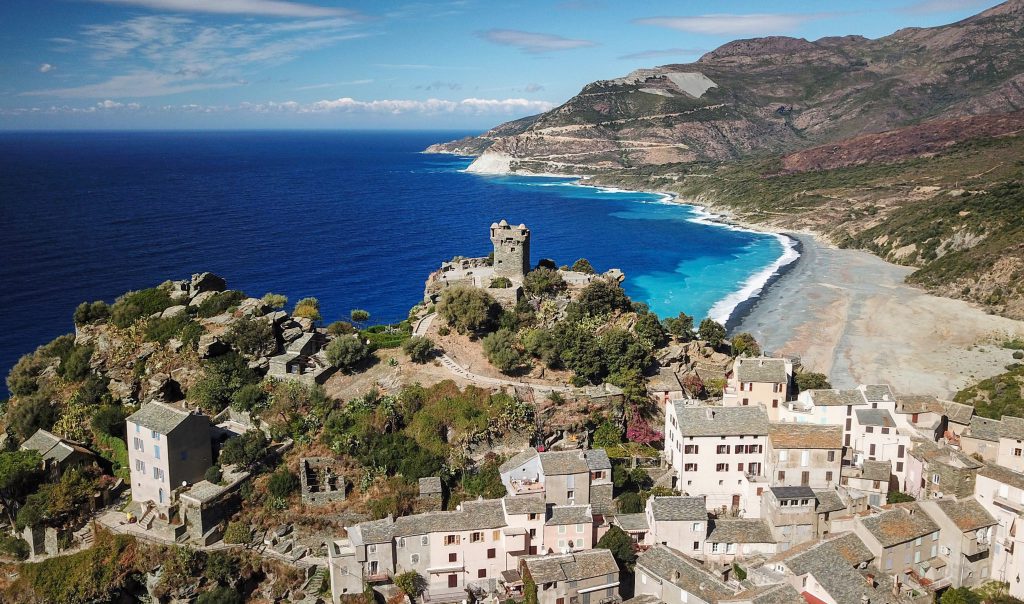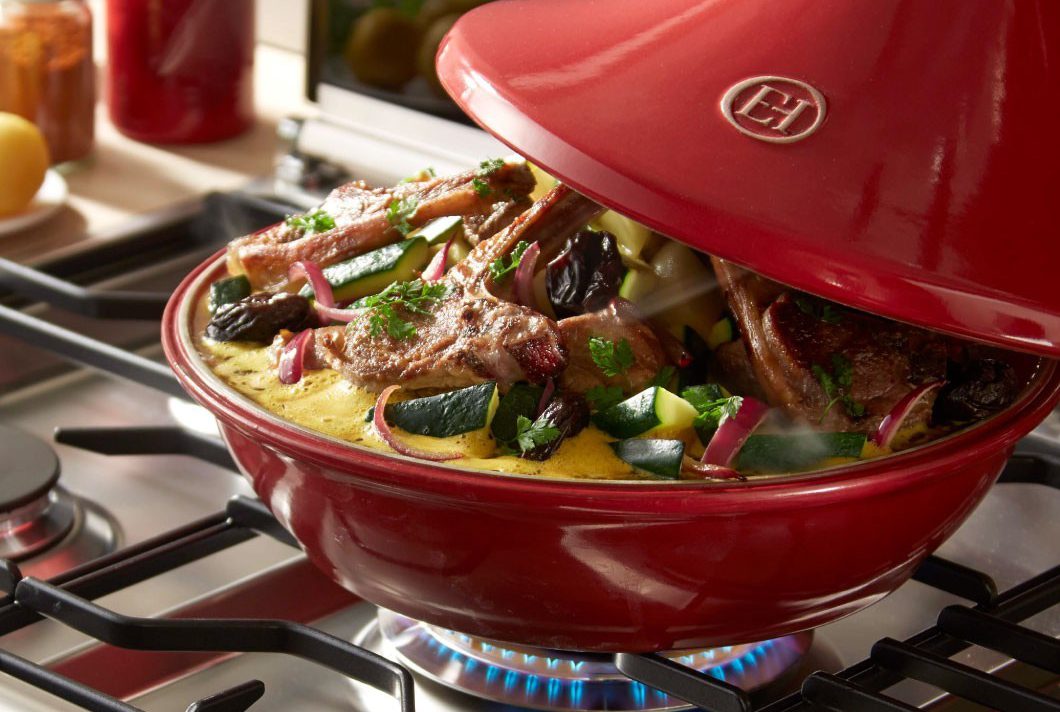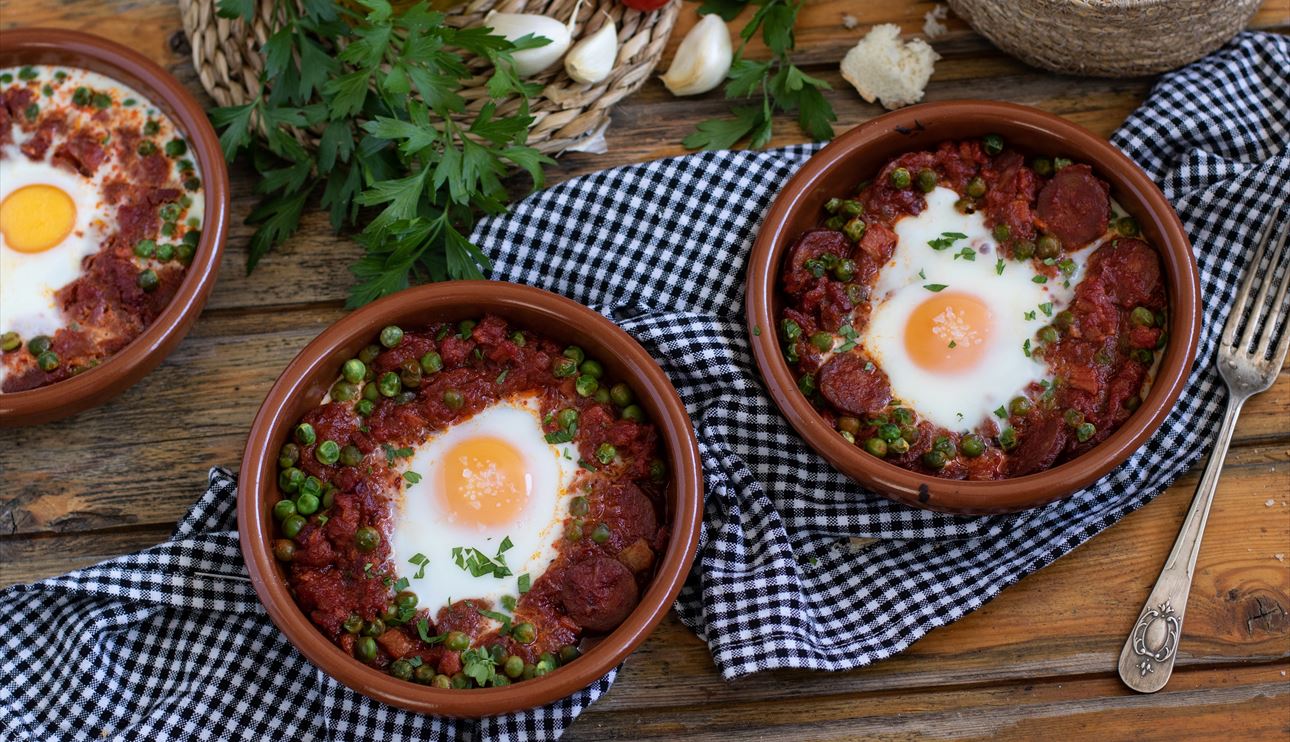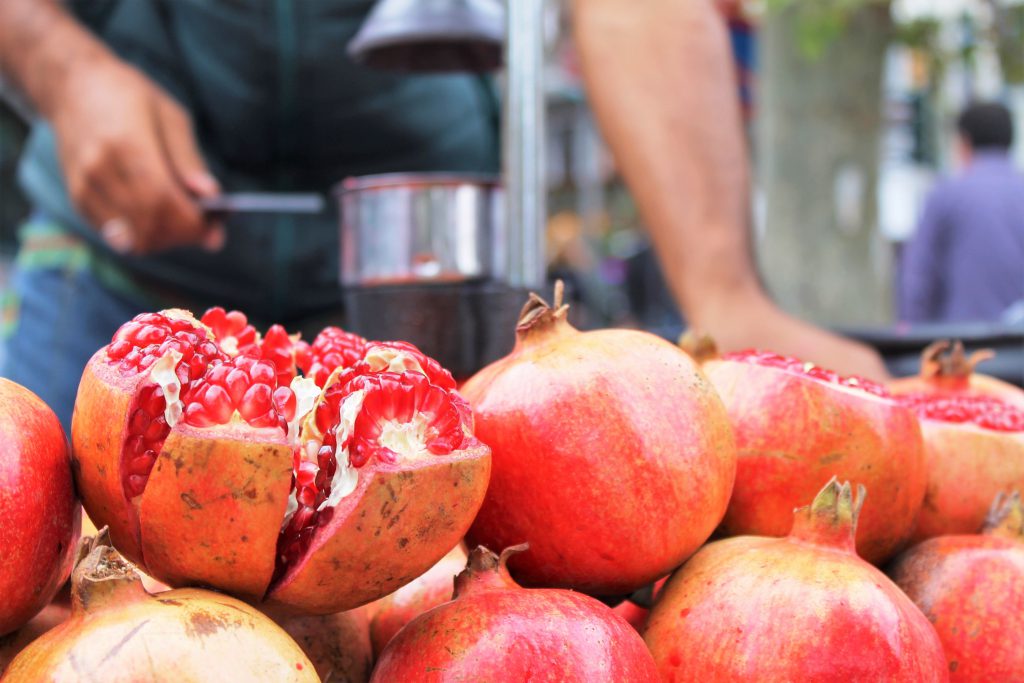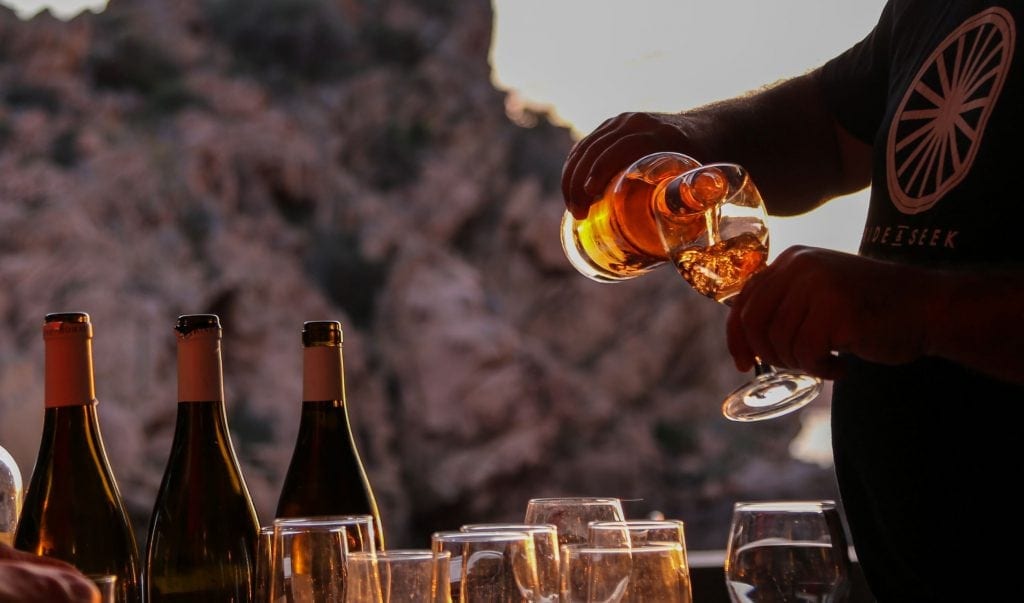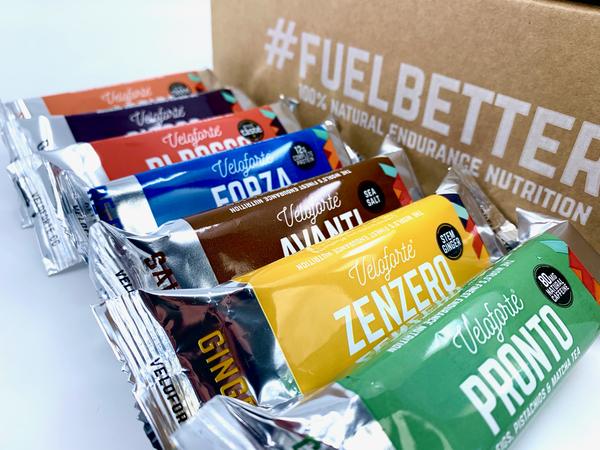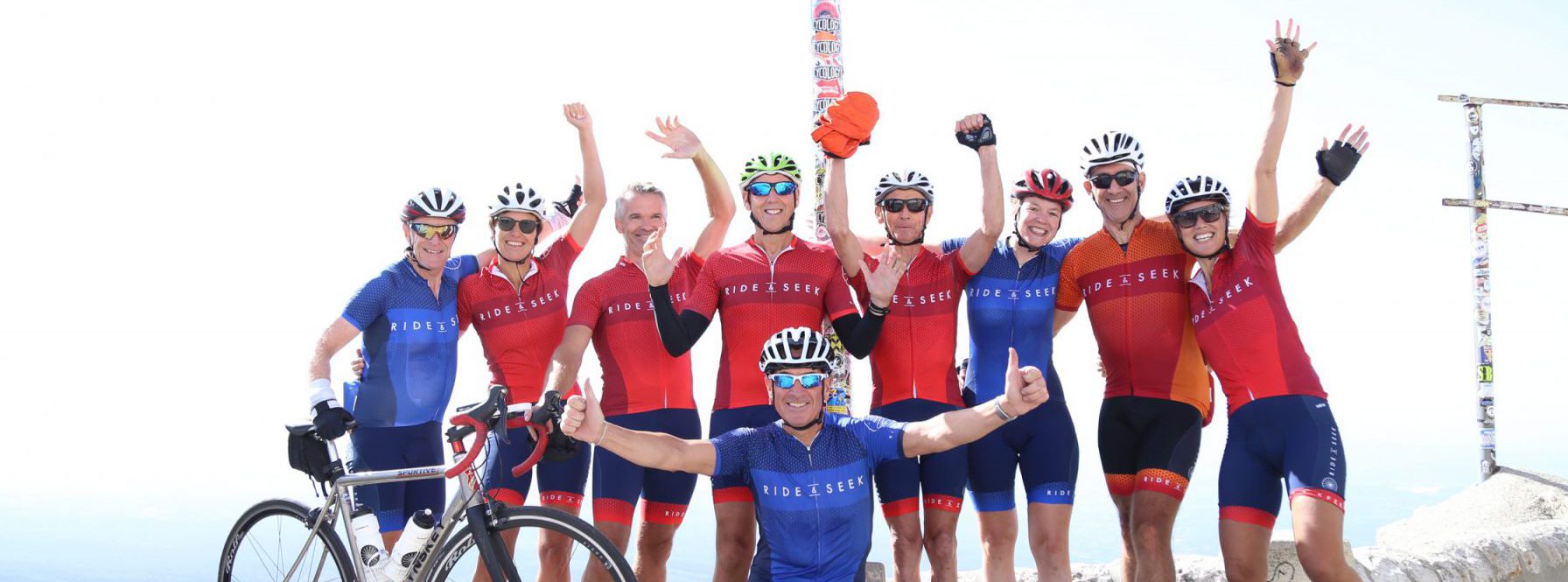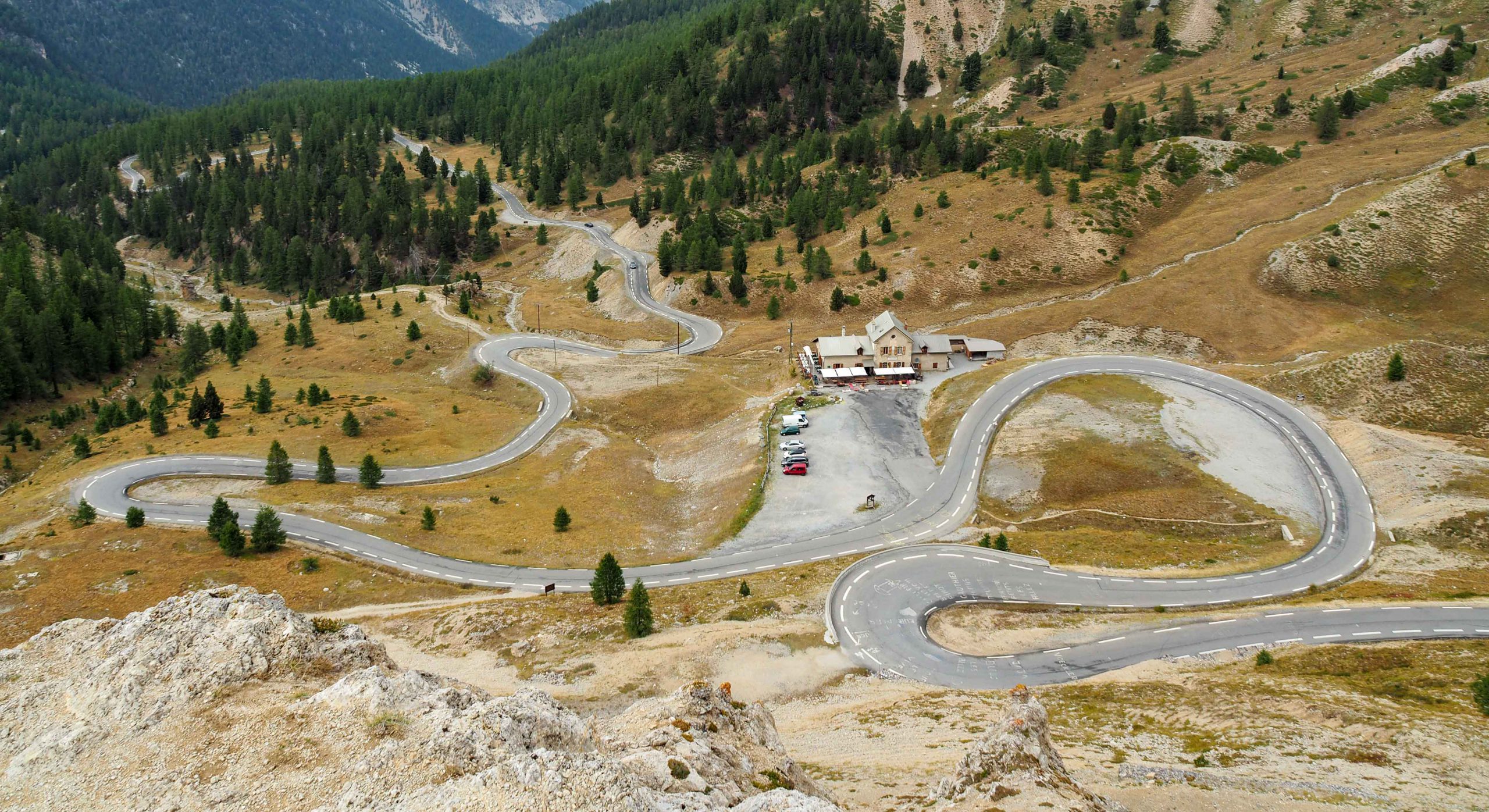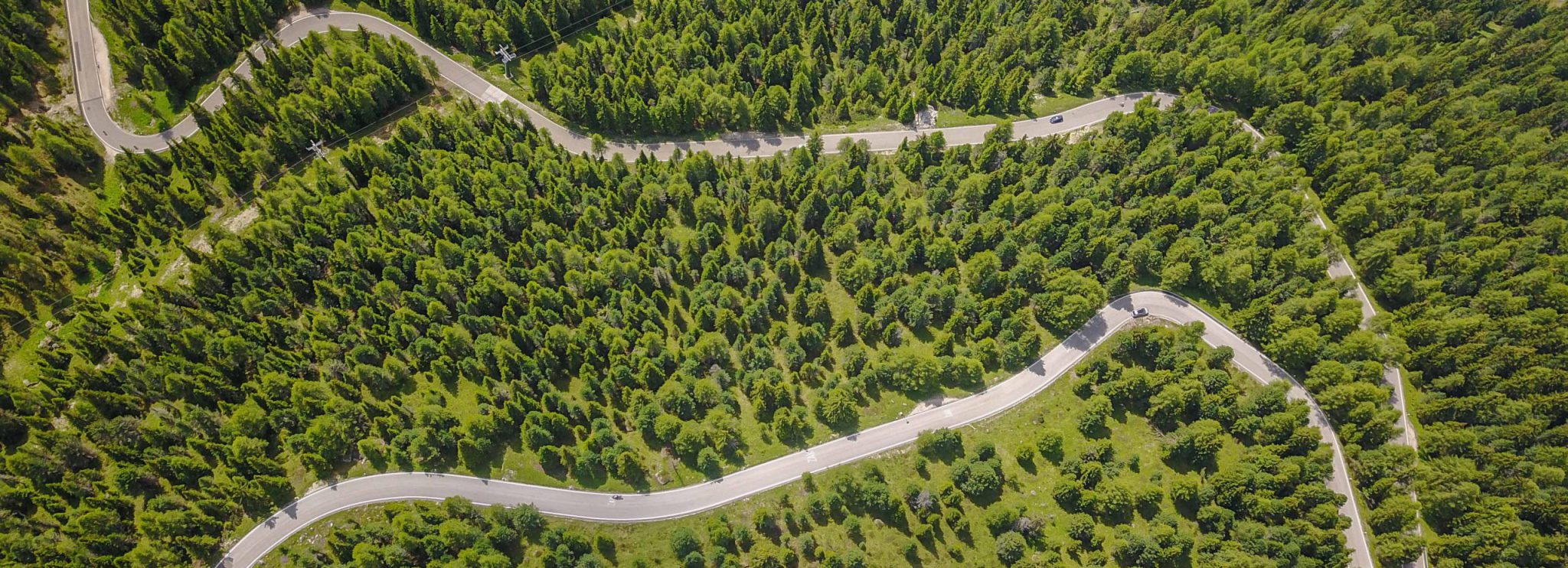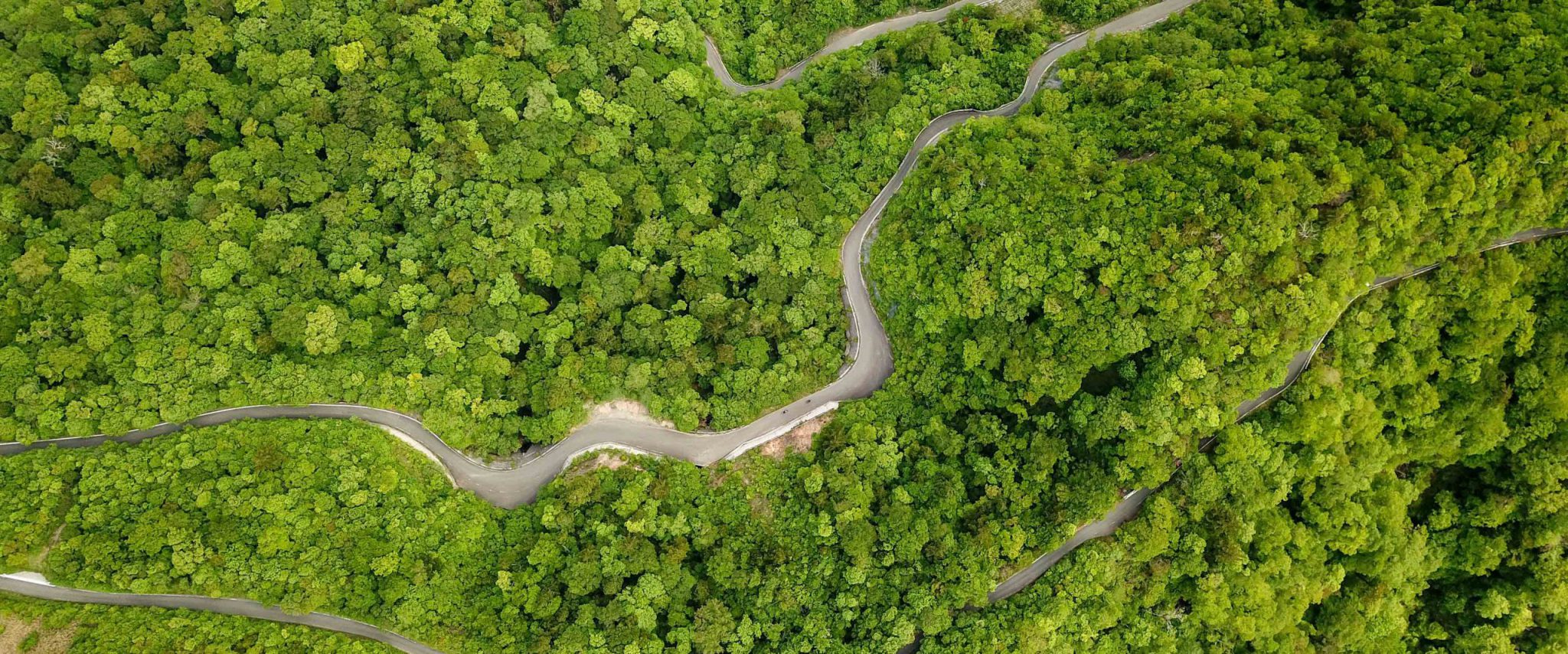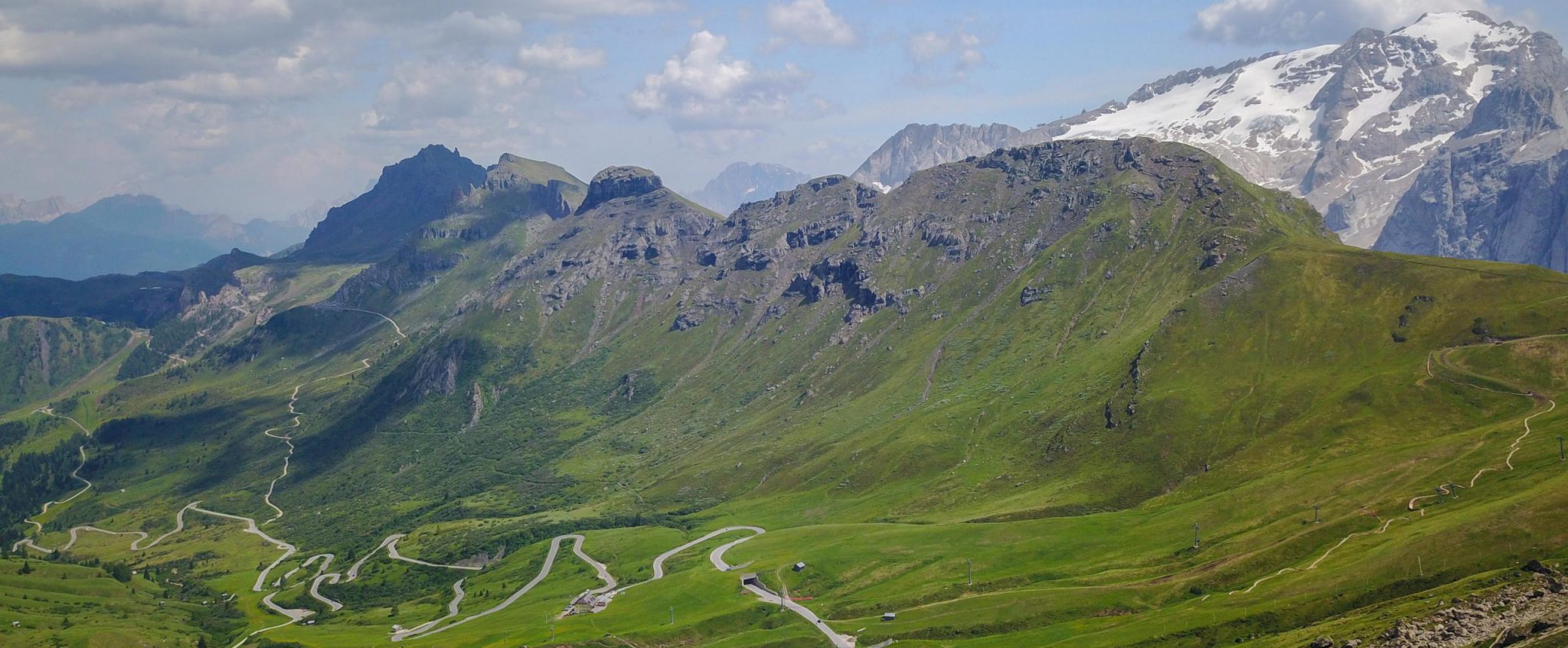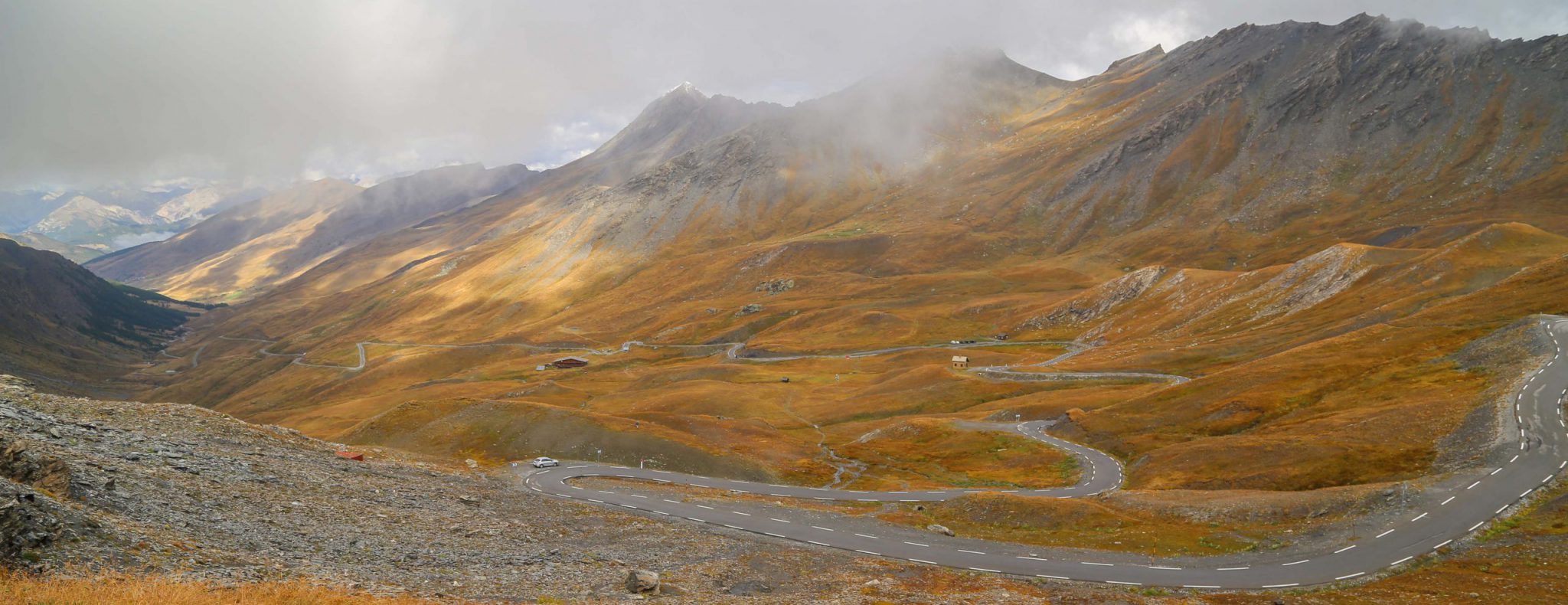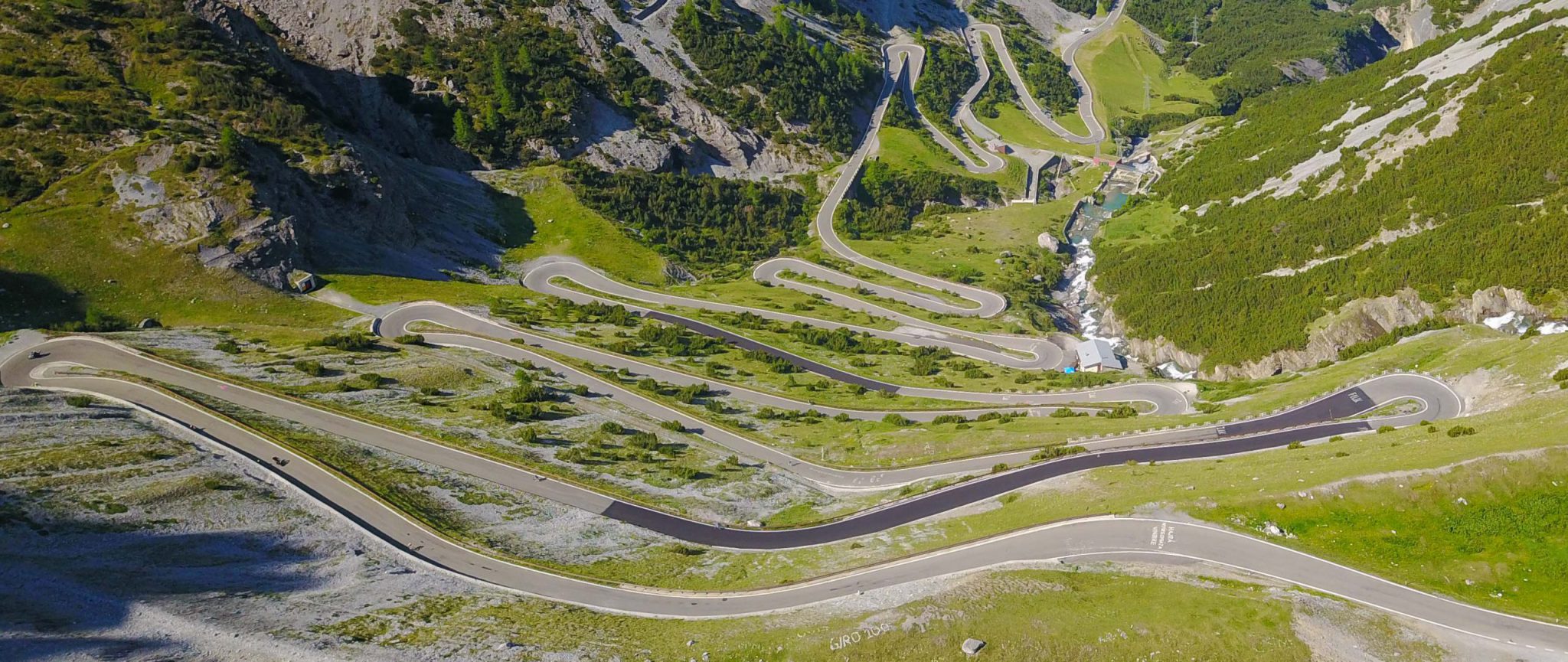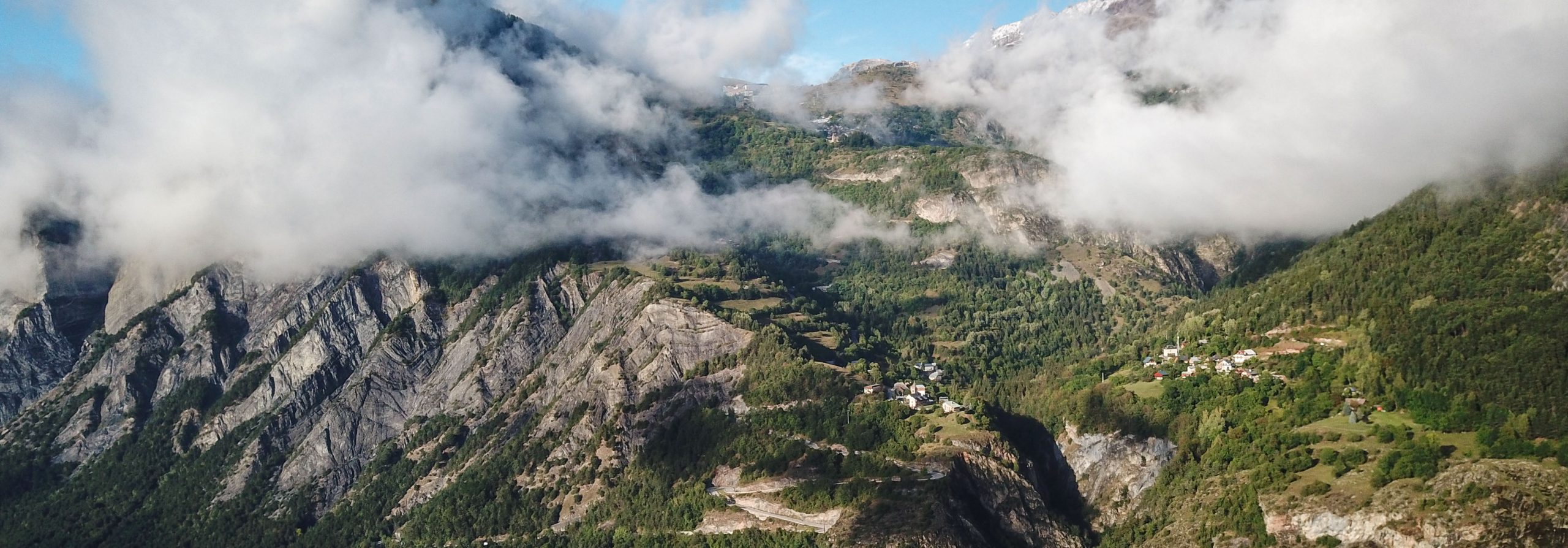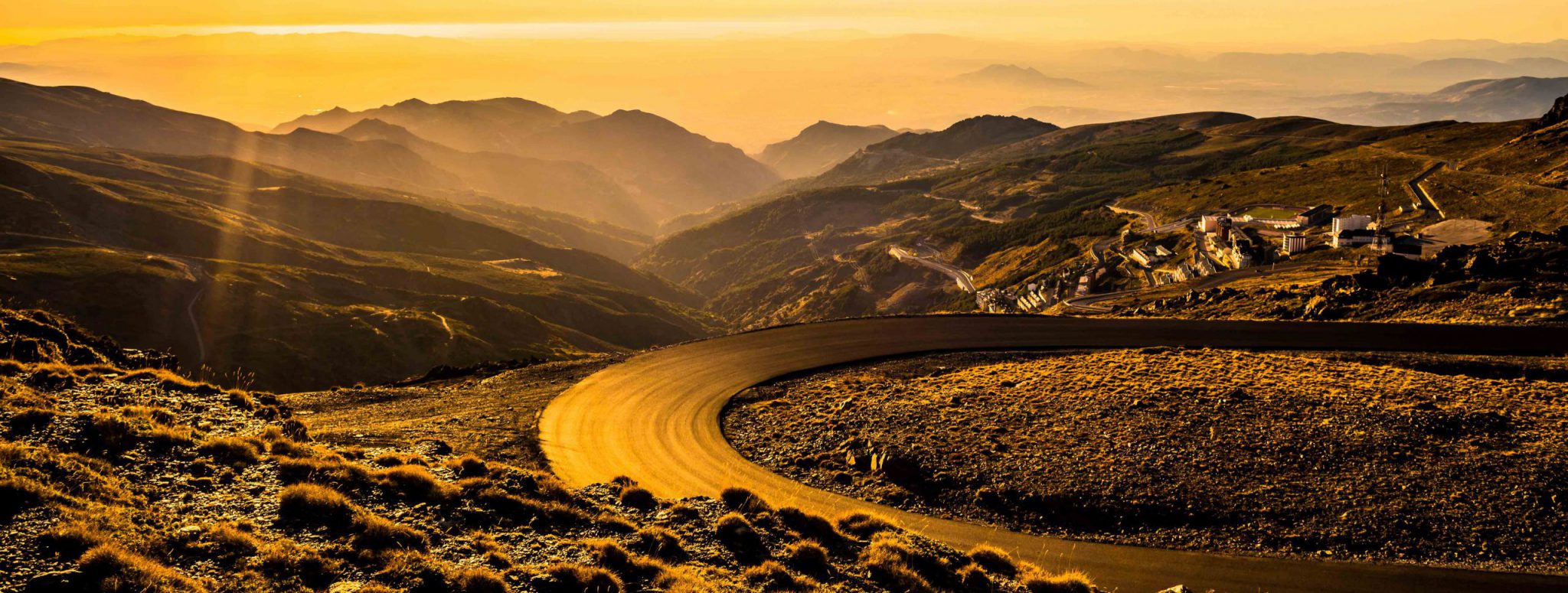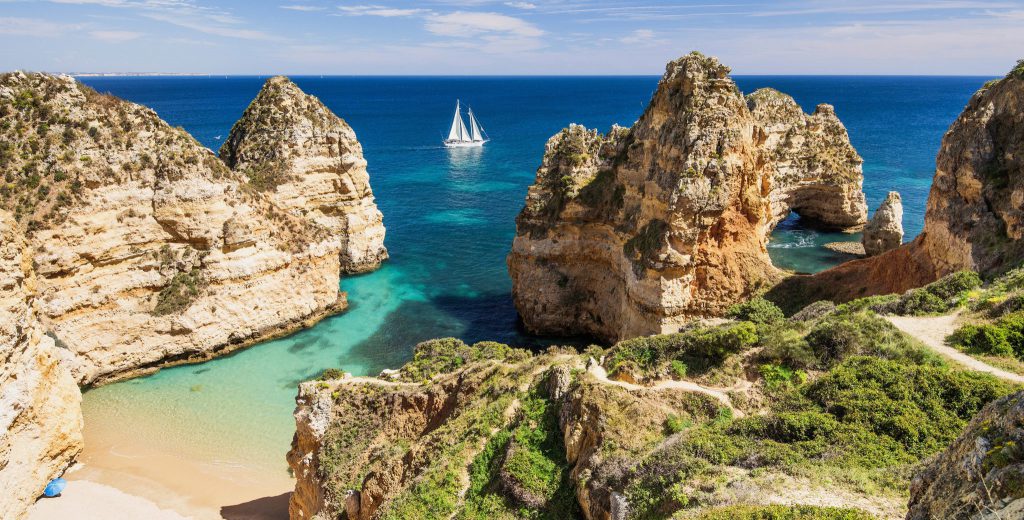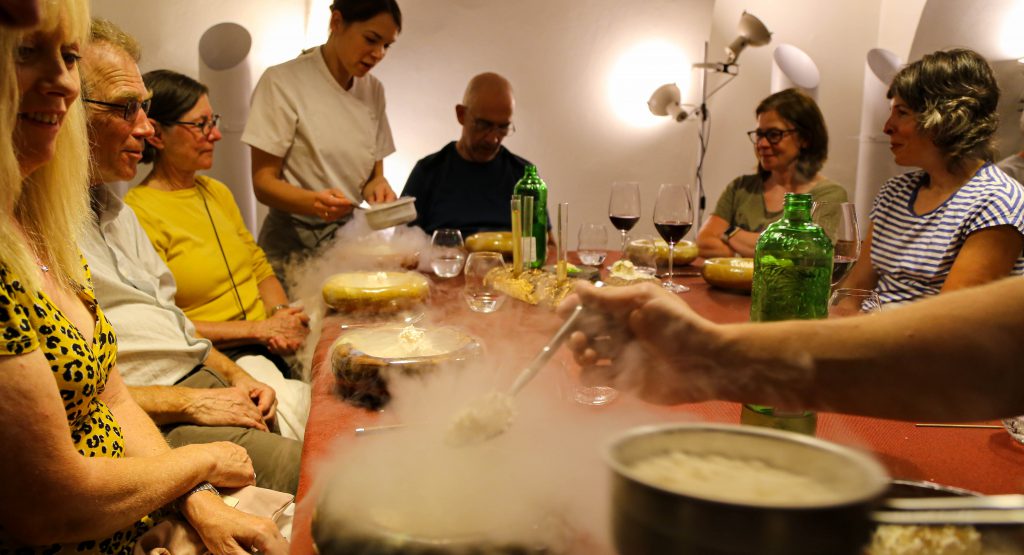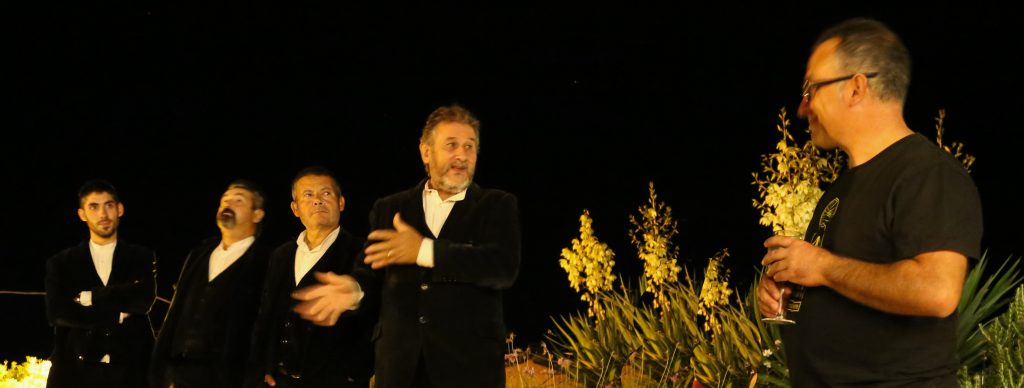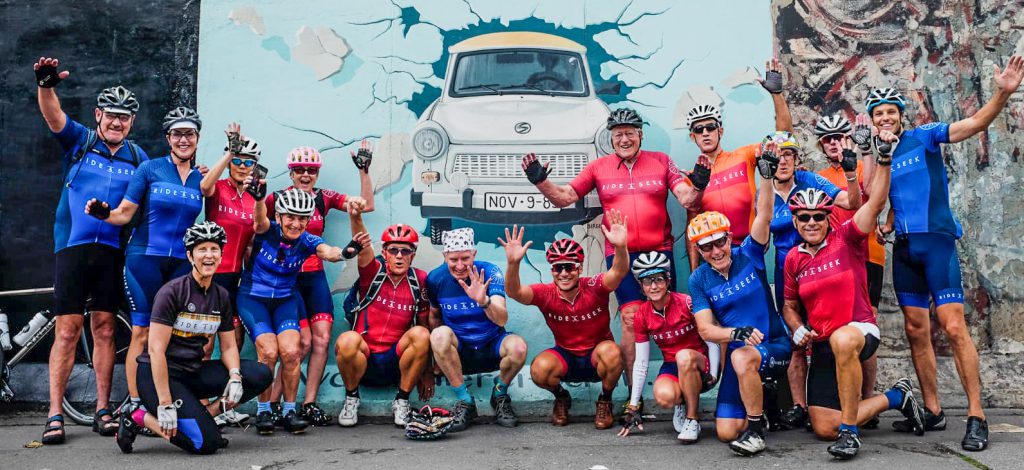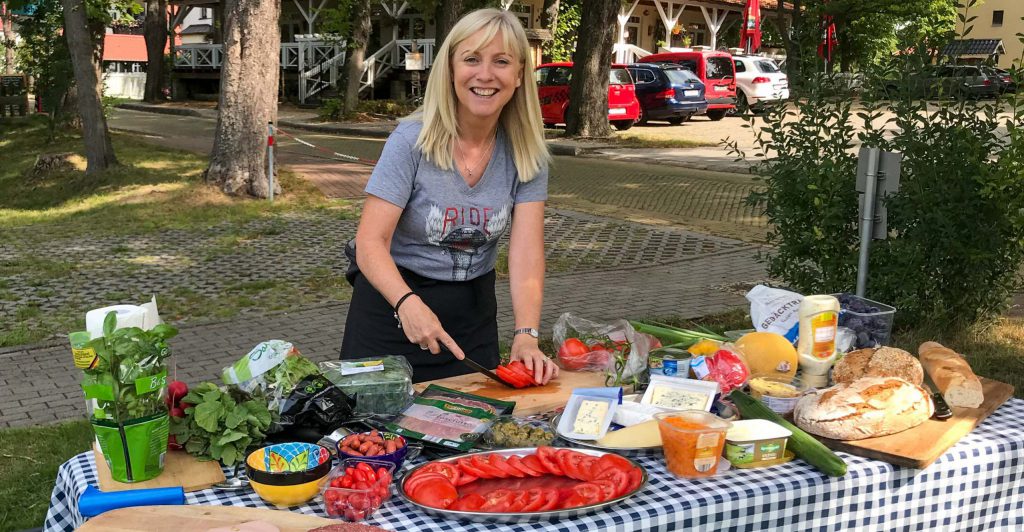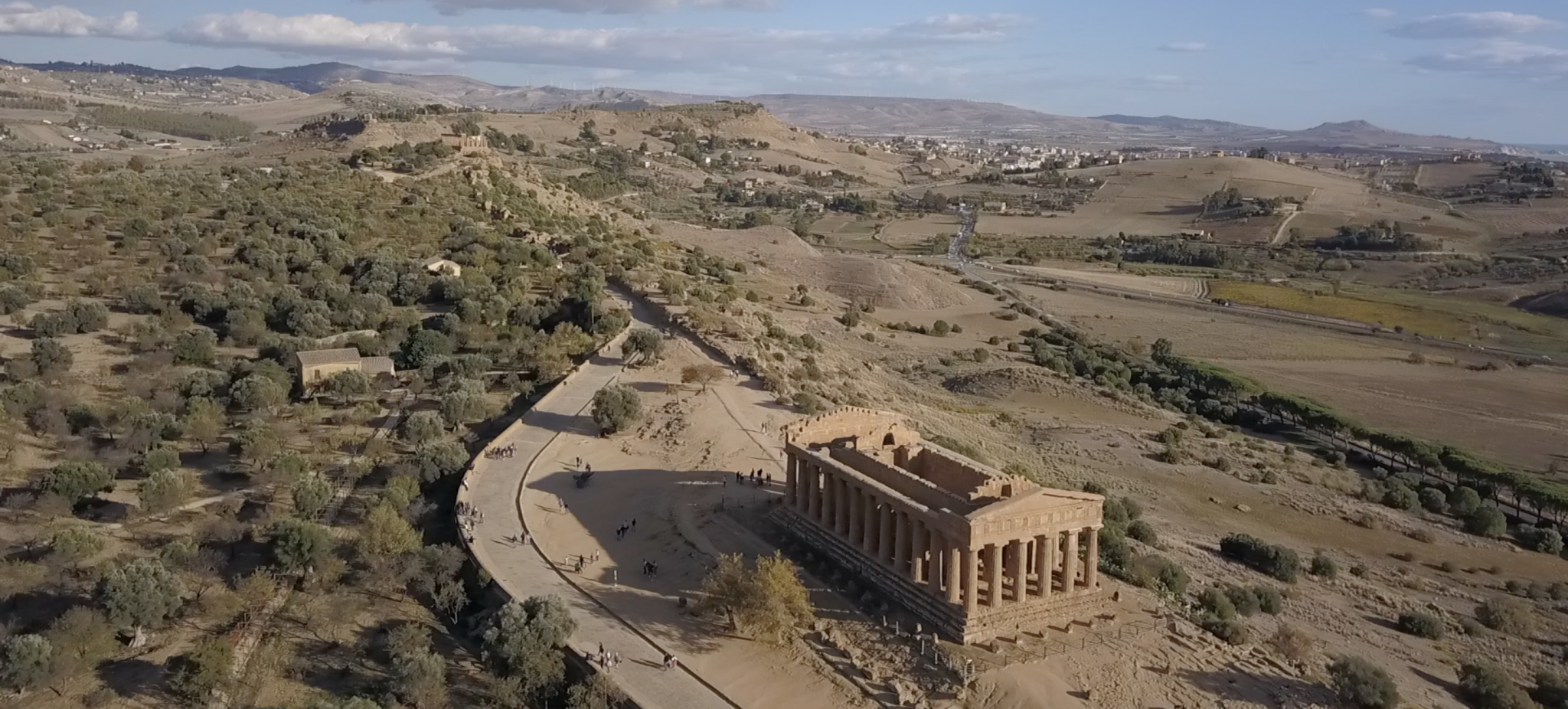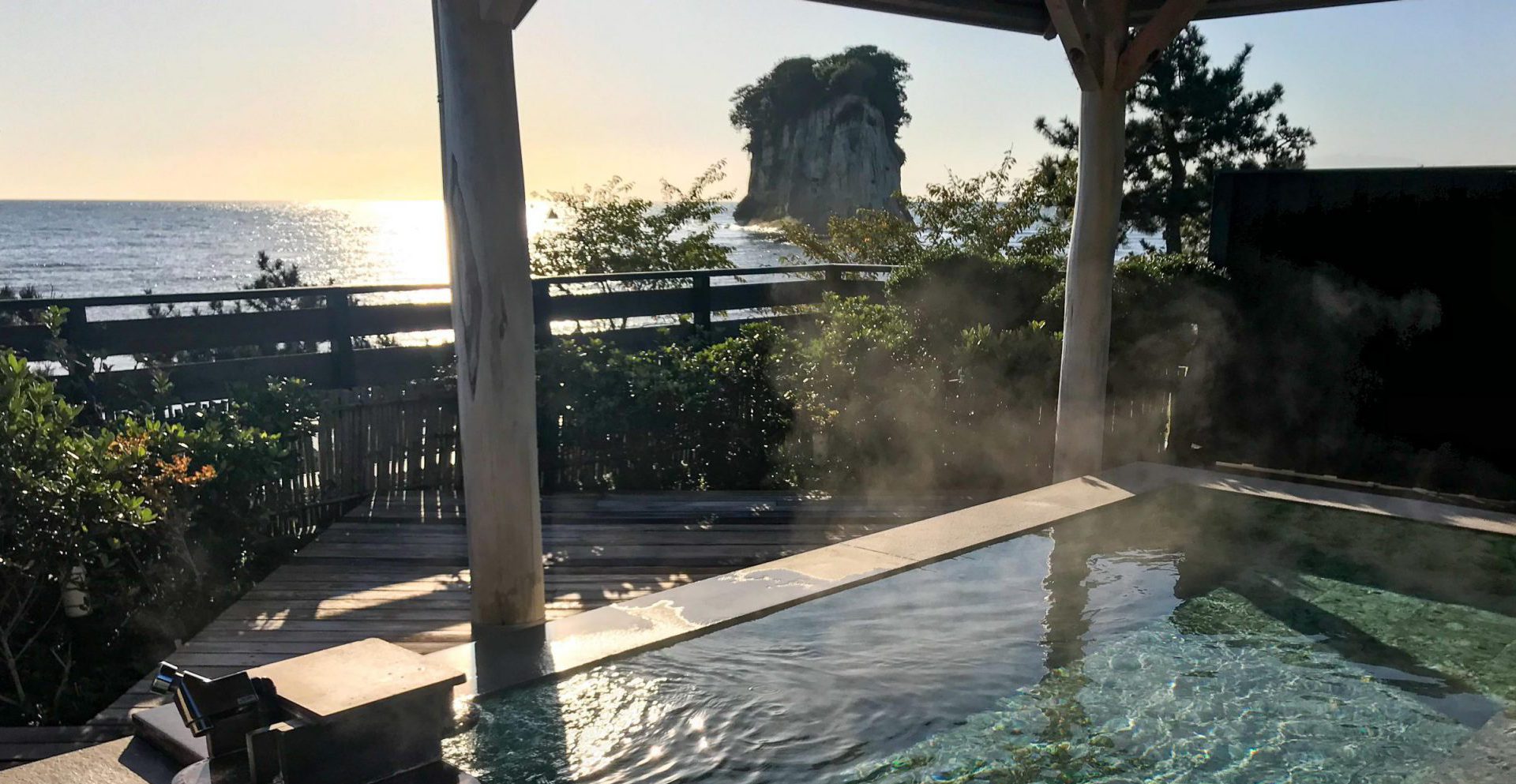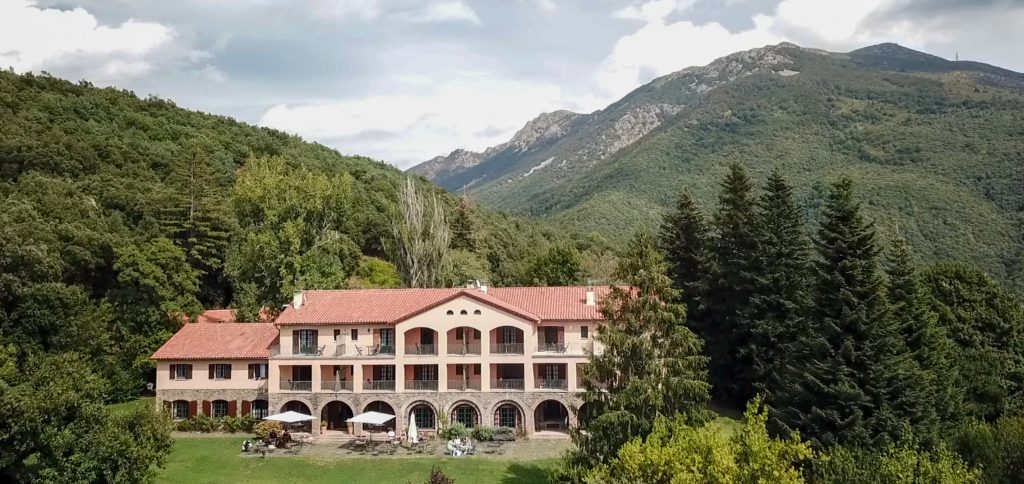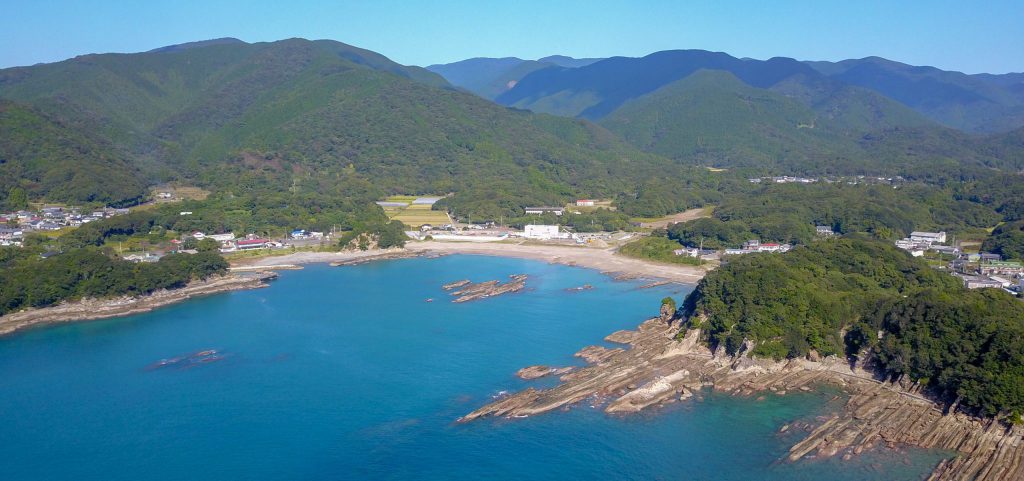There is something truly special about a coastal cycle ride, complete with dazzling water views as the miles slide by. On our epic cycling tours, we get to experience some of the worlds best coastal cycling. Here are our top 10 routes from our epic cycle tours for your reading pleasure according to our trip specialists.
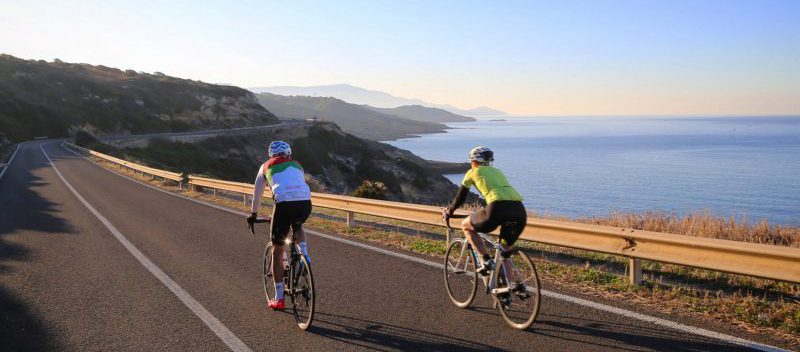
1. Sparkling Mediterranean views, colourful Bosa and superb local wines, Three Islands tour, Sardinia, Italy
Cycling from Alghero to Cabras along the coastal line of northwest Sardinia, we will ride some of the best cycling routes of the island; a journey through 3000 years of Mediterranean history, touching the colourful Bosa on the way. Bosa is one of Italy’s most beautiful towns, with its rainbow of pastel houses a dream for your travel snaps.
The ride starts in one of Sardinia’s most beautiful medieval cities, Alghero, with its lively historic centre. From there you take a rolling road by the stunning coastline – under the wings of Griffon Vultures – followed by a brief hilly section, to end the day immersed in pastures and fertile cereal fields and the vineyards of the Oristano region. An unforgettable day, especially after reaching Cabras for a well-earned sip of Malvasia or Vernaccia di Oristano, the unique local wines. Enrico Casini
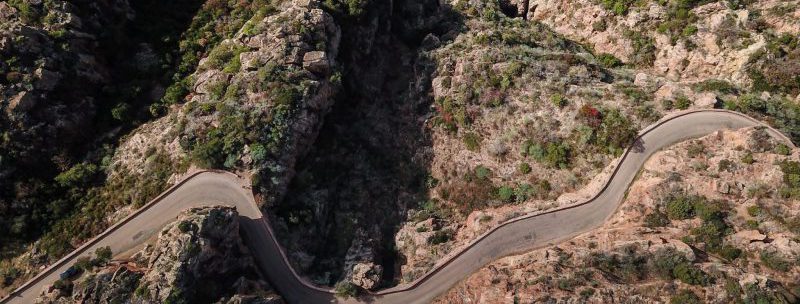
2. Pink granite rock formations and coastal ridge riding, Three Islands Tour, Corsica, France
Having been part of all editions of the 3 Islands Tour in their entirety, there are many beautiful coastal rides with stunning scenery that I could write about. However, there is one particular route on Corsica from Calvi to Porto that stands out above the others. This day is my absolute favourite, and it begins literally at the start of the day as we leave the beautiful small and vibrant town of Calvi on an 82km ride with around 1370m of elevation.
Within just two kilometres we are riding on coastal balconies with views of the fantastic cliffs and rock pools below to our right, and equally stunning rock formations of pink granite, inland to our left. This quiet but beautiful road meanders and climbs gently for the first part of the day, before heading slightly inland and onto roads of slightly more challenging construction. Nothing to worry about here though as there is hardly any traffic.
After morning coffee we’re back on the coastal balconies and heading due south, the seawater becomes brighter and more glorious shades of blue. Meandering through tiny resorts we brush shoulders with some tourists, but not too many as we are well away from the large holiday destinations. Crossing the border between Haut Corse and the Corse du Sud we can begin to see the granite formations changing in colour from pink to red.
Later in the day we ascend and skirt around the UNESCO listed Scandola Nature Reserve to the cliff tops that almost completely envelope the tiny yet stunning coastal town of Porto. The views at this point are arguably some of the best seen on the whole tour. We have a great opportunity to stop and photograph the port, from different heights as descend down to our magnificent overnight destination.
My advice to any Ride & Seekers for this day is to not rush this beautiful ride, take your time and shoot some fantastic photos for your everlasting tour memories! The route is around 82km with 1372m of elevation. Richie Mitchell
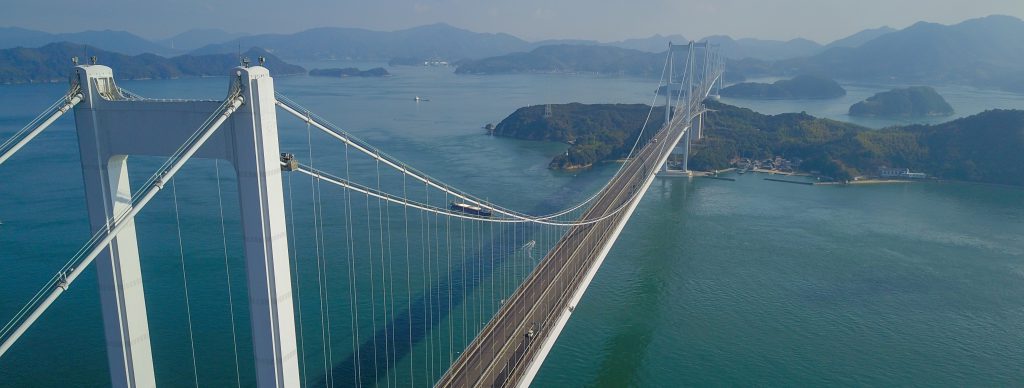
3. Islands and spectacular Japanese bridges on the Shimanami Kaido, Samurai Tour, Japan
I can probably count on one hand the number of other “serious cyclists” I saw during our 10-day trip riding around Japan’s Shikoku Island. The vast majority use the bike as a means of transport and not so much by the aforementioned “serious cyclists”. But this doesn’t mean Japan isn’t a bike-friendly destination, the cars are small enough to be far less imposing on the road, the drivers are extremely courteous and respectful and the road surfaces and infrastructure are some of the best I’ve experienced anywhere in the world. Nowhere is this more evident than the Shimanami Kaido, 80km of pristine Japanese roads and cycle paths that crosses 6 bridges and 6 islands between Imabari on Shikoku and Onomichi on the mainland of Honshu.
Japan is an island nation and as you cross the Seto (narrow seas) this becomes incredibly evident. The area is actually a volcanic mountain range that was filled in by the sea when the polar ice caps last melted 50000 years ago. The network of bridges spanning this sea is a stunning engineering achievement that allows you to propel yourself high above the container ships and fishing boats, passing way beneath, as you head towards yet another island. Some have coastlines of rugged cliffs and rocks, some with beautiful sandy beaches. The route doesn’t just hug the shorelines though, we meander up through the forests into the inner hills before descending back to tiny fishing villages and towns with beautiful Buddhist temples and Shinto shrines.
And yet with all this natural beauty linked by engineering masterpieces I probably only saw enough “serious cyclists” to fill up the other hand. There were many tourists on city bikes with dresses blowing in the sea breeze, but I still felt a sense of privilege to be able to cycle this incredible route, and couldn’t help thinking that one day I will strike up a conversation with someone else who has ridden it, but that day may be a long time coming!
The cycling route can be ridden in either direction (from Imabari or Onomichi). It is well signposted and maintained, and the bridges of the route are accessed by ramped bridges with a gradual incline. Depending on your cycling level, it can be comfortably completed in a day. James Geen
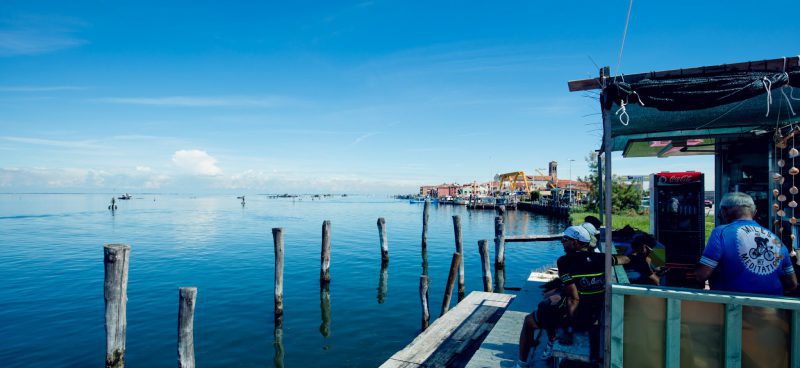
4. Island hopping from Venice Lido to Chioggia on the Caesar Tour, Italy
The third week of our Caesar tour (London to Rome) is one for the ages as we ride from Lake Como to the Serenissima – Venice. Along the way, we take on the iconic Stelvio climb and then ride over the stunning Dolomites before descending down to the Po valley and on to Venice. Rather than stay in Venice itself, we base ourselves on the iconic Lido di Venezia that is one of the two barrier islands that serve to protect Venice from the Adriatic Sea.
This 11km long island, that is also the venue for the eponymous film festival, provides us with a novel coastal ride as we island-hop to the mainland and to the charming fishing town of Chioggia that is also known as ‘Little Venice’ and renowned for its beetroot! We start the day by riding the length of the island to catch the scheduled ferry to the other Venetian barrier island of Pellestrina. There are 4 main villages on pretty Pellestrina that are known for their colourful painted houses and large embankments.
What makes this coastal ride so novel is how we get from Pellestrina to the mainland. There is no onward ferry to get us from Pellestrina to the mainland and it here that our friend Mario comes in. When we were conceptualising the Caesar tour we were faced with the quandary of wanting to stay on Venice but not sure how to get off! Mario is a local fisherman who provides the seafood for our fantastic end of week meal at the Osteria Al Merca and had heard about our challenge via the owner. Every time we come through now he comes and picks us up from Pellestrina and takes us to Chioggia.
Thanks to Mario we have created a coastal ride that provides a really interesting insight into a side of Venice that few get to experience whilst enabling us to avoid the traffic and industry that are found on the more conventional routes out of Venice. On arrival into Chioggia we grab a coffee and a local tramezzina sandwich before riding down the coast to the Byzantine jewel of Ravenna. Dylan Reynolds
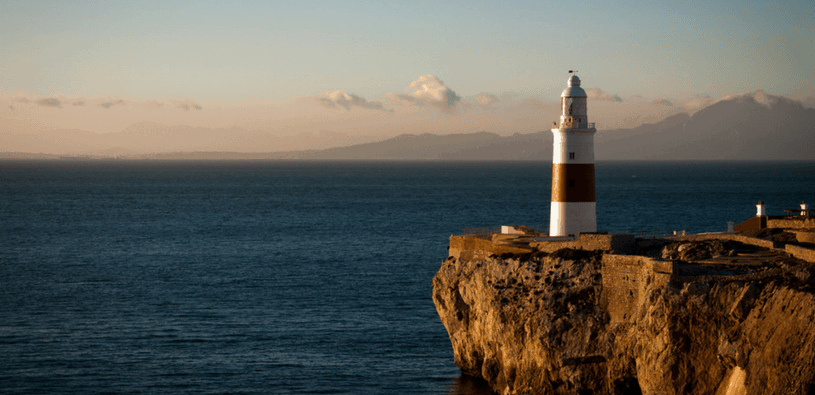
5. Cycling the Mediterranean coast from Fnideq to Tangiers on the Conquest of the Moors Tour, Morocco
Travelling in magical Morocco will make you feel like time stands still. Travelling by bicycle here gives you a true sense of being off the well-beaten path. Our final days riding in Morocco is a real highlight of our epic Conquest of the Moors tour. We ride from our stunning beach retreat near Fnideq towards the Northern Mediterranean coast of Morocco.
Within a few miles, we are skirting around the Spanish enclave of Ceuta, one of only two Spanish enclaves on the African continent, continuing onwards to Plage Dalia on the North coast. We have our coffee stop at Plage Dalia where we sample Spanish influenced seafood and snacks our friend Ahoud’s fish cafe. With the crystal clear waters calling, a swim is also an option for those looking for a dip in the Med. From here we follow a remarkable coastal ridge road, beach hopping between Plage Kasar Sjir and Plage Oued Alain before our final ride into atmospheric Tangiers. Ben Weigl
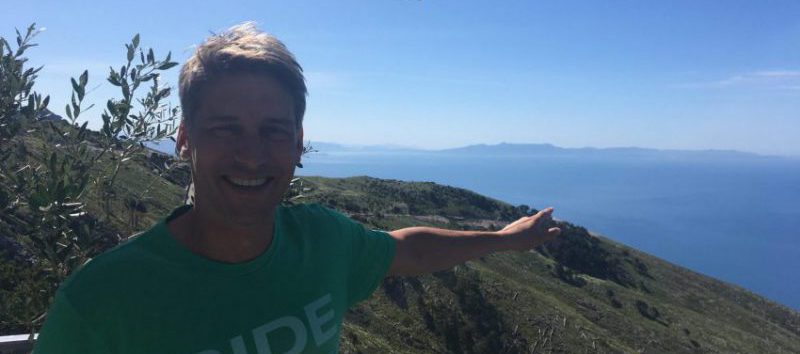
6. A cycling paradise with dazzling sea views, Marco Polo Tour, Albania
Let’s face it, none of us, before going to Albania for the first time, would have thought of finding one of the most beautiful coastal paths in the Mediterranean. Well, get ready to be surprised by this corner of paradise for cyclists, a series of hairpin bends that you would expect to find in the Dolomites, are set in a mountain overlooking the sea in the wonderful Llogara park in southern Albania, on the Canale di Otranto. Mythical places that remind us of Homeric legends, but also where the sounds and morphology of the Balkans magically meet with the colours and warmth of the Mediterranean. So let’s get rid of prejudices and set off on a bike to discover this wonderful territory.
We leave the lively avenues of Vlora along a coastal path that initially follows the city beach and then continues along gentle cliffs and small seaside hamlets. After passing Orikum, we enter the park in a mountain landscape, after a memorable climb of over 15 km we reach the Llogara pass (1,050 m above sea level). From here we enjoy a wonderful panorama that sweeps from the coasts of Puglia to the Greek island of Corfu, to then dive into the exciting bends overlooking the sea that bring us back to the coast between olive groves and small villages clinging to the cliffs. The town of Saranda, in the far south of Albania, is the perfect place to end an unforgettable day. Marcello Usala
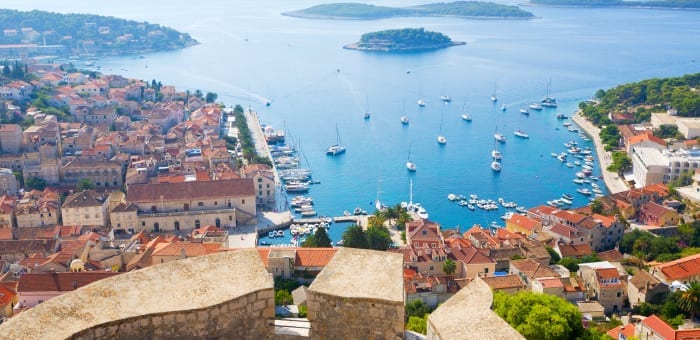
7. Crystal clear Adriatic waters, UNESCO sites and lavender, Marco Polo Tour, Croatia
Starting our day in Stari Grad (Hvar), we head straight towards the incredible Stari Grad Plains, a world heritage listed UNESCO site. The Stari Grad Plains, built in the 4th century by the Ionian Greeks, are agricultural drywall formations and shelters which are still used to grow grapes and olives today. From there we head through pretty port towns Vrboska and Jelsa and into the wilder centre of Hvar island, riding through pines and rugged rocky landscape.
As we turn and head towards Hvar Town, the final 20km of the ride brings with it jaw-dropping sea vistas and lavender fields. The route meanders through Brusje with its fragrant lavender fields (blooming late June/early July) and onwards with sensational sea views to either side. It is a feast for the senses as we head towards our destination of Hvar Town. We finish the day at the hip Hula Hula bar for sundowners and toast a wonderful day on the bike. Megan Reynolds
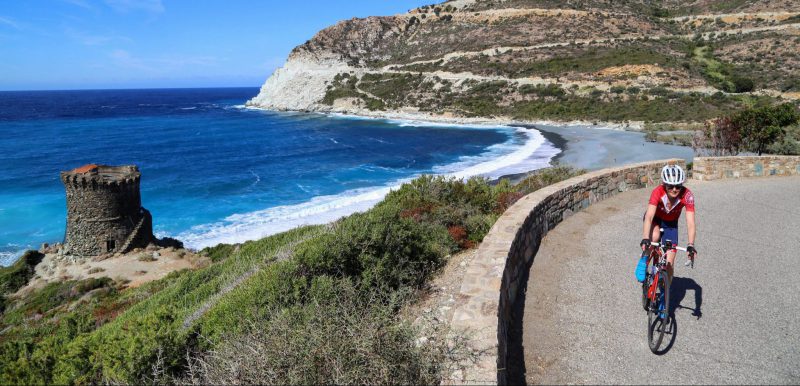
8. The dizzying heights of Cap Corse, Three Islands Tour, Corsica, France
We leave Bastia behind heading North on the Eastern coast of Cap Corse, we ride a series of little ports, beaches and marinas before the climbing begins. The elevation begins to increase as we climb into the hills to the Northernmost point of Corsica where views of Ile de la Giraglia will await us. As we turn to head back down the Western side of the cape, the coastal views just keep coming. And it is spectacular. The route takes us along cliffside roads, high above the sea with breathtaking views.
The route takes in some of the islands most fascinating historical remnants, the Genoese towers. The watchtowers, built in the 16th century, were manned to signal the arrival of potential Barbary pirates. Fires were lit to communicate between the towers and with the surrounding villages. Some of the towers still remain today, of which you will see some fine examples along our route.
The route continues down the coast, taking in the incredible black sand beaches surrounding Nonza and onwards to finish in Saint Florent. Set on a sparkling bay, this medieval village is perfect for an evening aperitif overlooking the marina. Simone Scalas
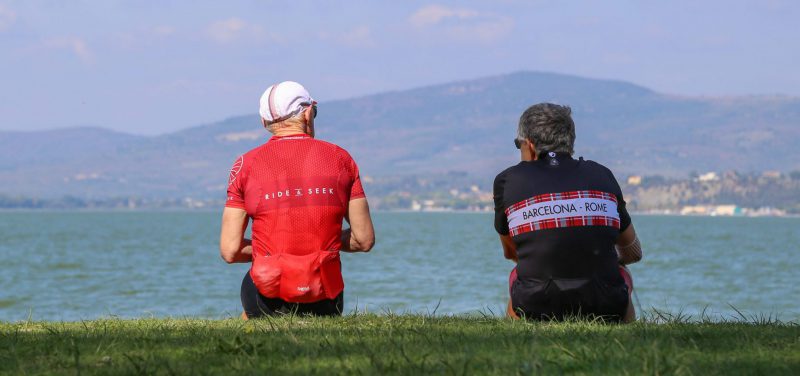
9. Cycle a real historical battlefield at Lake Trasimeno, Hannibal Tour, Italy
“Cycling around the battlefield at Lake Trasimeno is one of my historical highlights of the Hannibal epic. Rare indeed is it to be able to walk (cycle!) through the exact location of such an iconic battle. but thanks to the ancient sources and the unique geography, we can!” Ben Kane.
On tour, we depart from Pienza (Tuscany) and ride past the noble vineyards of Montepulciano before we make our way to the site of one of Hannibal’s most famous and bloody battles, Lake Trasimeno. To this day, this battle is considered by some to be the greatest ambush in history, with 15,000 Roman soldiers losing their lives, with Hannibal losing only a mere 1500 by comparison. The battle was reportedly of such proportions that the waters of Lake Trasimeno ran red for days with blood from the nearby battlefield.
In present times, there is still recognition of Hannibals greatest victory, with many information boards which mark significant sites and provide further information on the battle. For our guests on tour, we also picnic at the lake itself during our day ride and contemplate the events of this historical place. From there, we continue through the Umbrian countryside to our destination of Todi, a majestic hilltop town.
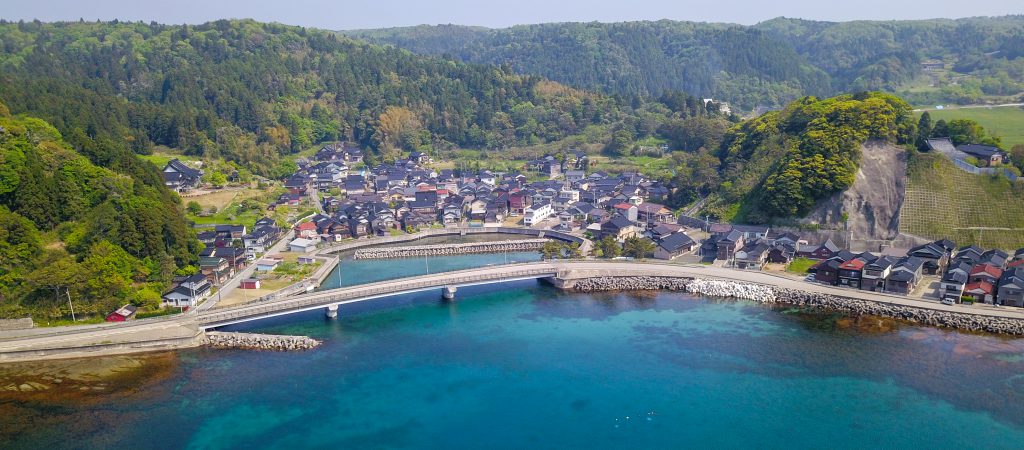
10. Tiny coves and temples on Noto Peninsula, Samurai Tour, Japan
Our detailed GPS routes allow riders to get off even the quiet coast routes and be led through the laneways of little fishing villages. The inhabitants here continue to live with the rhythm of the ocean as they have been for centuries. Smooth, fantastically engineered roads greet you as you weave along the coast with expansive views of the Sea of Japan. You will cycle in and out of small coves tucked in among the cliffs dotted with fishing craft. Temples and shrines decorate the most beautiful hilltops and rock outcrops. Once off the bike, unwind in one of the hotel natural hot springs which are often placed where they afford a slower more contemplative coastal view. Finish the day sampling a wonderful collection of the local fruits of the ocean, decorated so beautifully, it can be said that we dine on ‘edible art’. Ben Weigl
We hope you have enjoyed our round-up of the best coastal routes. Let us know in the comments if you have ridden any of these or give us a heads up on your favourite coastal routes!
